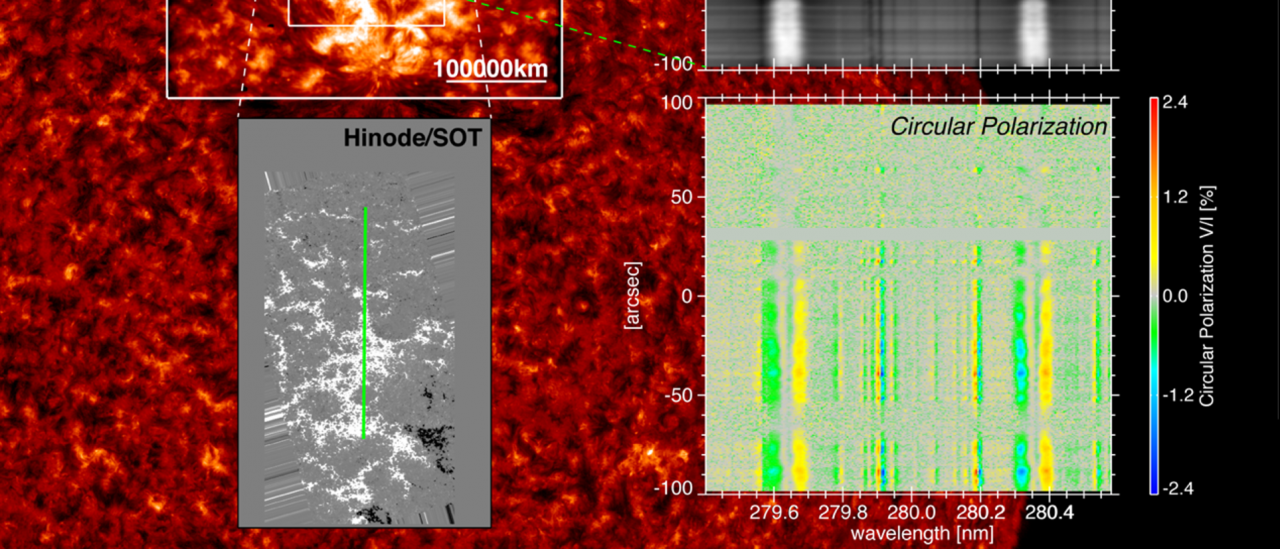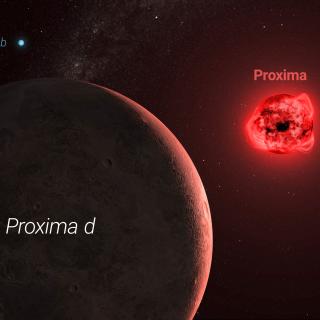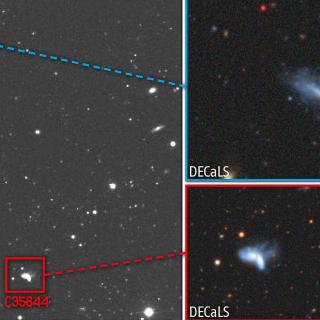The solar chromosphere is the region between the relatively thin and cold photosphere (temperature of a few thousand degrees) and the hot and extended corona (temperatures above a million degrees). Although the chromosphere is much less hot than the corona, it is also significantly denser and thus much more energy is required to sustain it. Moreover, the mechanical energy necessary to heat the corona needs to traverse the chromosphere, making it a crucial interface region to understand how this energy propagates and is released in the most violent activity of the solar upper atmosphere, which on some occasions perturb the Earth’s magnetosphere with serious consequences for our present technological world. The extraordinary observations of the polarization of the Sun’s ultraviolet light achieved by the CLASP2 suborbital mission, which have spectacularly confirmed previous theoretical predictions, have allowed to map the magnetic field throughout the entire solar atmosphere, from the photosphere to the base of the corona. The results confirm and prove that the lines of force of the magnetic field expand and fill the whole chromosphere before reaching the base of the corona. Moreover, the magnetic field strength near the base of the corona is strongly correlated with the radiation intensity coming from the upper chromosphere, revealing the magnetic origin of the heating in the outer regions of the solar atmosphere.
The unprecedented spectropolarimetric observations achieved during the CLASP2 space experiment. For detailed information, see Ishikawa et al. (2021). Credit: NAOJ, IAC, NASA/MSFC, IAS.
Advertised on
Authors
R. Ishikawa
J. Trujillo Bueno
T. del Pino Alemán et al.
References



